What is UPS?
Uninterruptible power supplies (UPS) allow for the seamless transfer of power during blackouts, typically with a generator. A UPS also helps protect connected devices from voltage surges and drops.
UPS is similar to a battery placed between the devices and the socket. There are three different types of UPSs designed to meet various budgets and power requirements.
- Offline (standby) units are inexpensive and ideal for use with non-critical equipment. It does not convert the voltage but will pass it on to the connected devices. It is only capable of protecting against minor power interruptions.
- Line-interactive devices are common in offices. The devices measure voltage, protecting against surges and drops to the connected devices.
- Online (double-conversion) UPS can handle all types of power issues. The device filters electricity from the grid to ensure constant power to the batteries.
The technology has been mostly ignored, but the transition away from fossil fuels is changing how industries look at UPS. Not only can it keep the power on standby for use during blackouts, but it can also distribute and manage renewable energy.
Did you know we have an entire blog feed dedicated to Power Supply Systems? We cover everything from UPS, microgrids, emergency standby power, uninterrupted power, and electrical project management.
UPS for Changing Times
Uninterruptible power supply technology isn’t new, especially in data centers and hospitals. Previously, stable power supplies were the norm, and losing electricity for a few minutes rarely impacted businesses. However, sensitive data equipment is more common across industries. Losing power for a few seconds can result in the loss of millions of dollars due to lost or damaged data.
While renewable energy is helping to bolster the power grid, blackouts are still common. A UPS typically provides power for around 30 minutes. It gives consumers flexibility in commercial, home, and office settings when they combine UPS with energy storage options.
Sustainable Power Supply
The UPS market is projected to grow to over $11.38 billion by 2030. However, not everyone is aware of the technology’s full potential. While UPS devices protect devices from surges and drops and provide power for a limited time, they can do more.
UPS technology comes with options and tools to boost efficiency, enhance cybersecurity, and streamline smart power management to name a few.
Businesses can convert their UPS systems into a revenue stream. Using frequency-response services, companies can sell their stored power to the utilities. Not only does it provide additional revenue, but it also supports decarbonization at the grid level.
The Future of Uninterruptible Power Supplies
Industry leaders across the board are starting to realize the advantages of UPS. Organizations can contribute to power grid stability and find new revenue streams.
Are you ready to learn more about UPS and how you can implement the technology in your businesses? Contact us today by calling 610-558-9773, emailing [email protected] or schedule a call that fits your needs by clicking the button below.



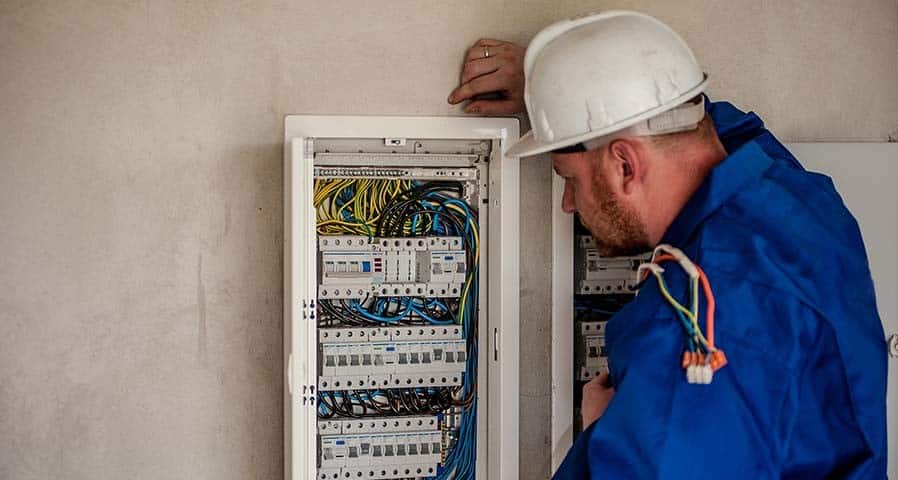

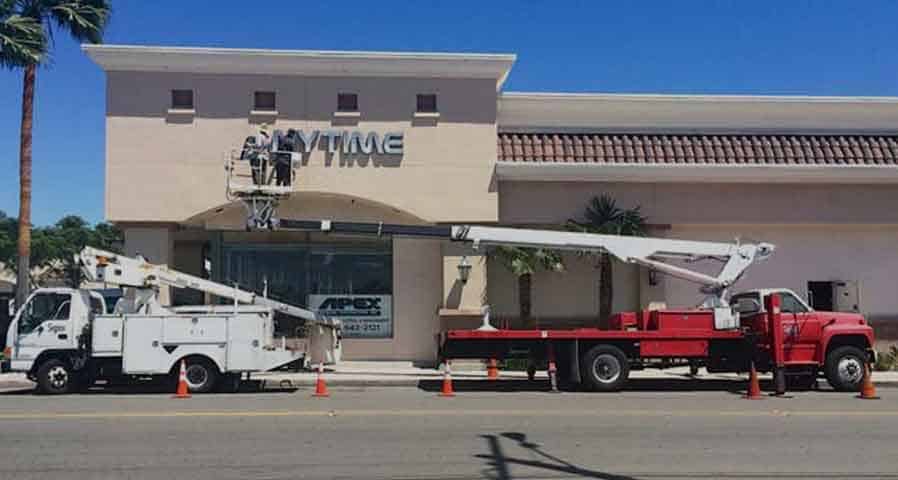














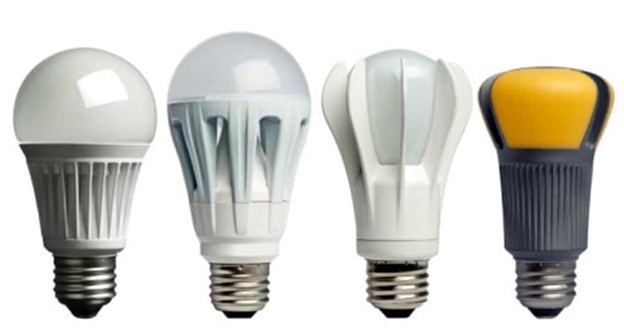
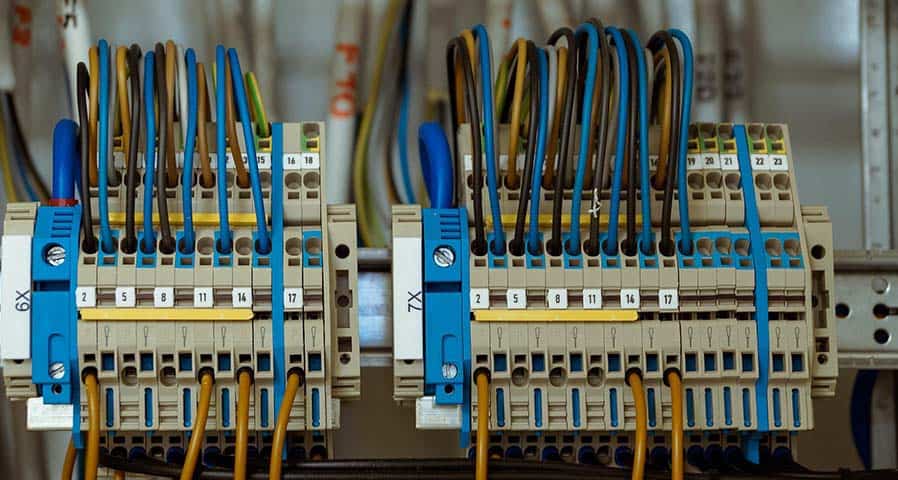



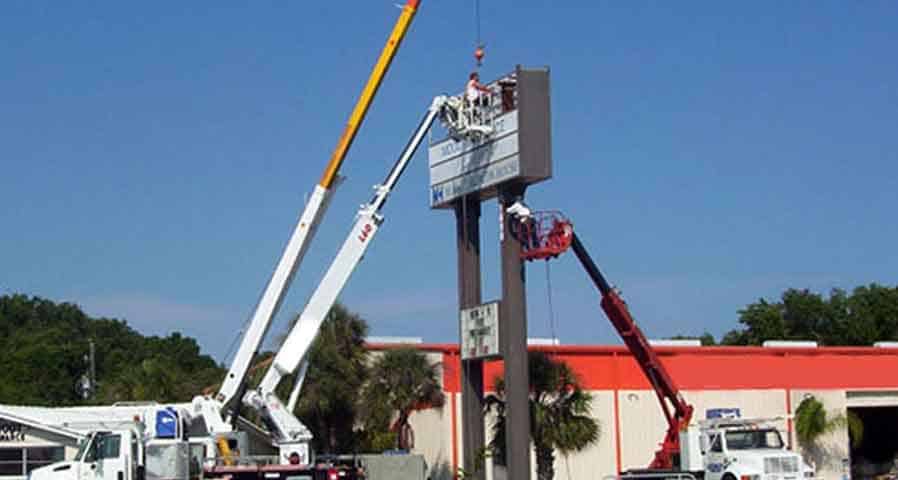

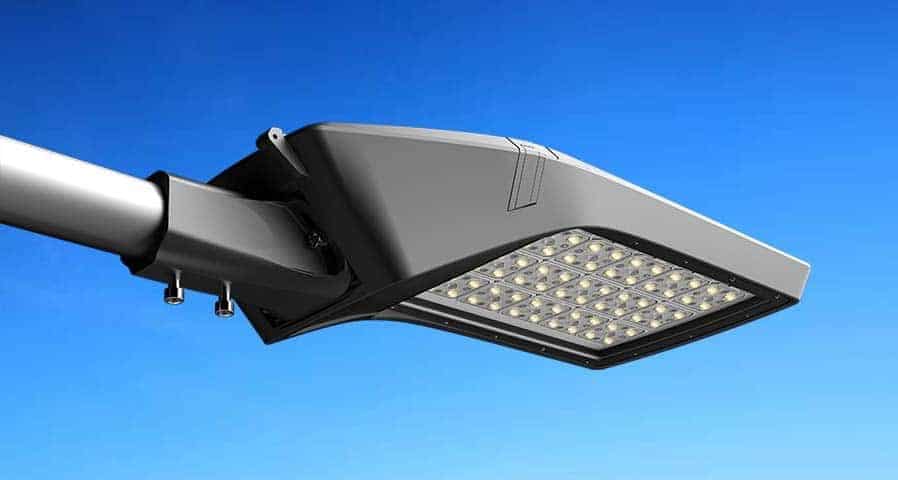


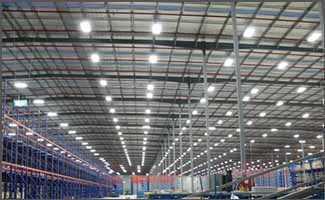








0 Comments